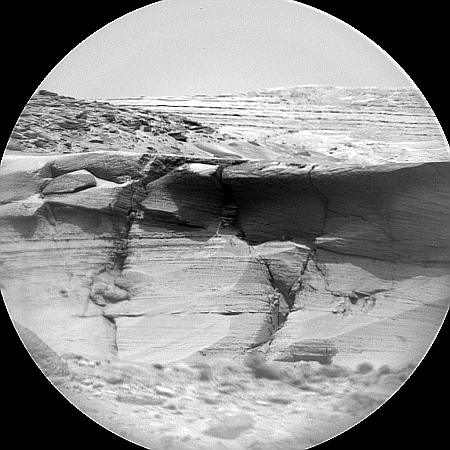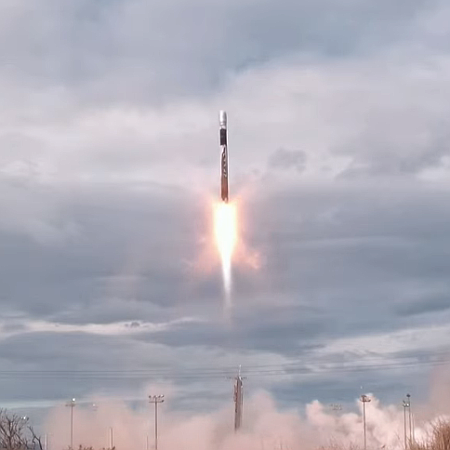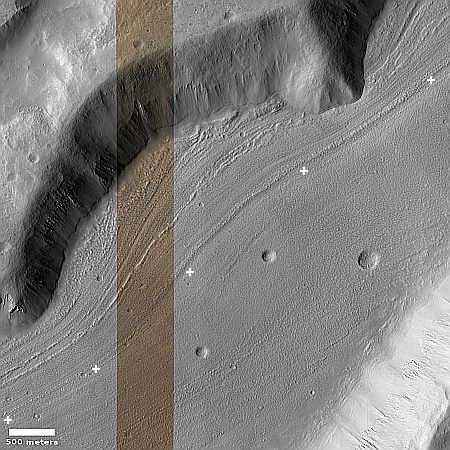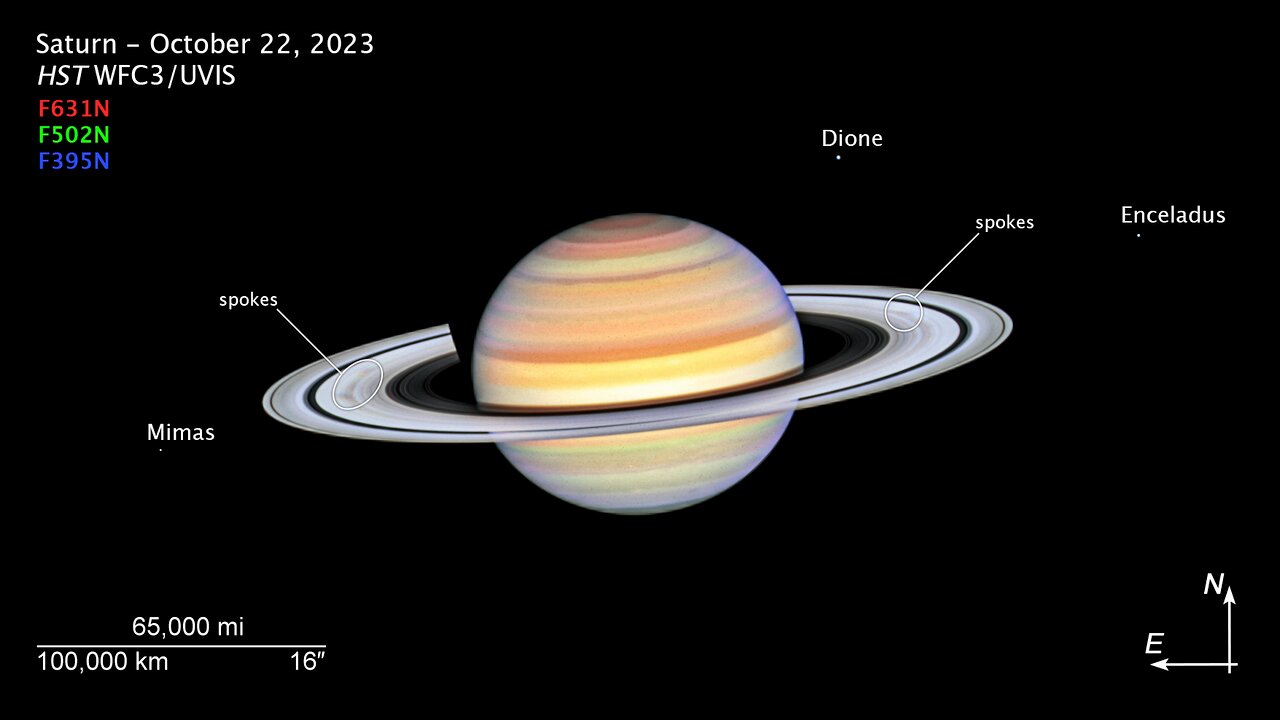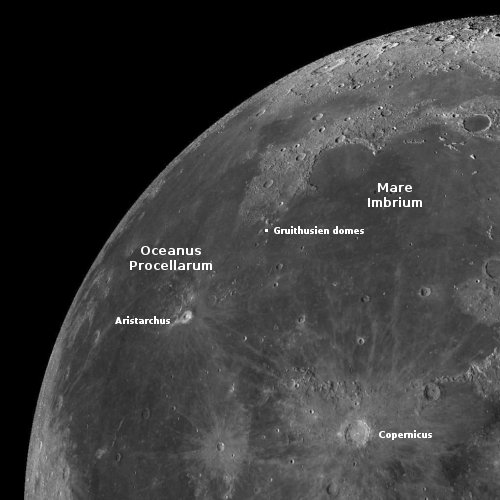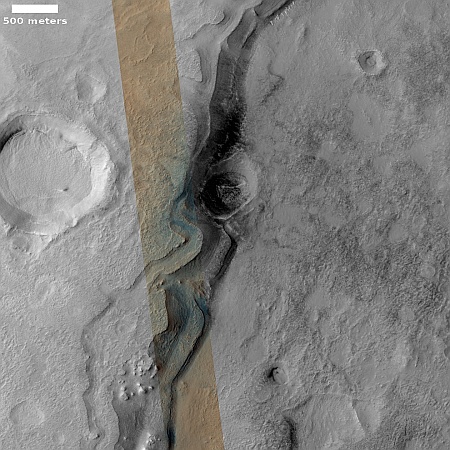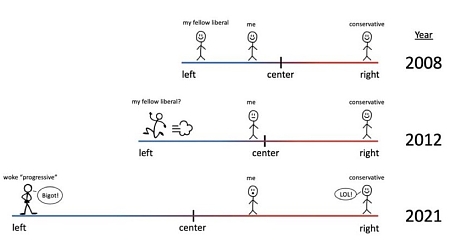SpaceX launches 23 Starlink satellites
Early on December 23, 2023 SpaceX successfully launched another 23 Starlink satellites, its Falcon 9 rocket lifting off from Cape Canaveral.
The first stage successfully completed its 19th flight, landing on a drone ship in the Atlantic. This reuse was new record. In fact, the reuse numbers of SpaceX’s fleet Falcon 9 first stages are beginning to resemble the reuse numbers of NASA’s shuttle fleet, and are doing so in a significantly shorter period of time and for a lot less money.
The leaders in the 2023 launch race remain the same:
93 SpaceX
61 China
18 Russia
8 Rocket Lab
7 India
American private enterprise now leads China in successful launches 107 to 61, and the entire world combined 107 to 97. SpaceX now trails the rest of the world (excluding other American companies) 93 to 97.
Early on December 23, 2023 SpaceX successfully launched another 23 Starlink satellites, its Falcon 9 rocket lifting off from Cape Canaveral.
The first stage successfully completed its 19th flight, landing on a drone ship in the Atlantic. This reuse was new record. In fact, the reuse numbers of SpaceX’s fleet Falcon 9 first stages are beginning to resemble the reuse numbers of NASA’s shuttle fleet, and are doing so in a significantly shorter period of time and for a lot less money.
The leaders in the 2023 launch race remain the same:
93 SpaceX
61 China
18 Russia
8 Rocket Lab
7 India
American private enterprise now leads China in successful launches 107 to 61, and the entire world combined 107 to 97. SpaceX now trails the rest of the world (excluding other American companies) 93 to 97.




